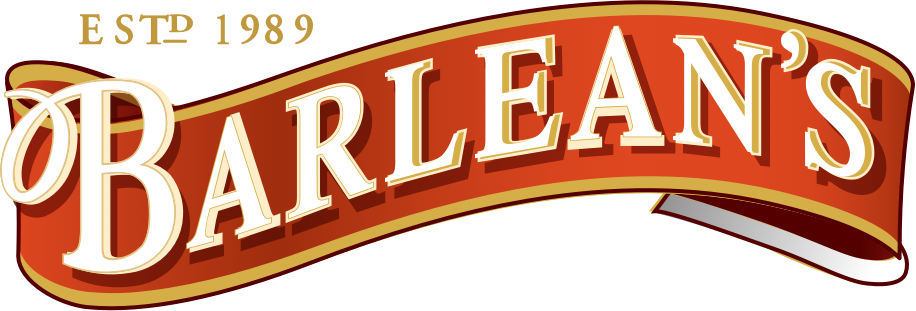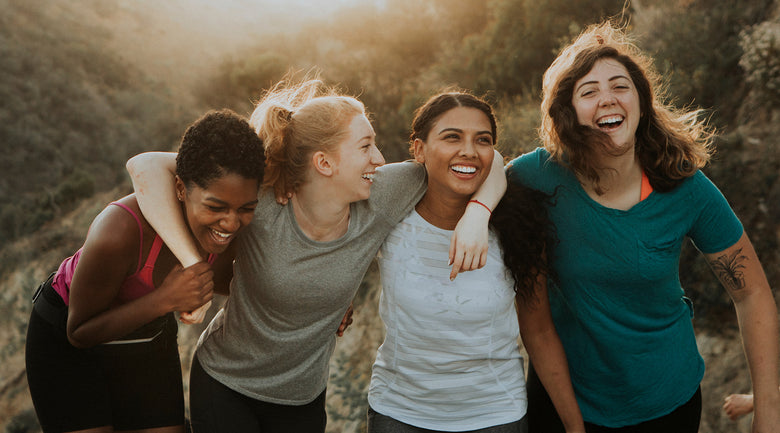Flaxseed is renowned for being a rich vegetarian source of Omega-3 fatty acids. But when you consume flaxseed, you get more than Omega-3s — you also get lignans. What are lignans? Your new breast friend, that’s what!
WHAT ARE LIGNANS?
Lignans are a group of antioxidant-rich phytonutrients that work on hormone systems (both estrogen and testosterone) and are therefore beneficial for hormone-sensitive tissues such as the breasts, uterus, ovaries and prostate.* Many observational studies have found that postmenopausal women who eat diets high in lignans enjoy better breast health.*[1],[2]
LIGNAN FLAXSEED ESTROGEN EFFECTS
Lignans work their breast magic by making sure estrogen levels don’t get too high.* While this hormone makes your skin soft and your bones hard, an overall reduction in estrogen levels has been shown to be beneficial for breast health (not to mention relieving PMS and postmenopausal symptoms).*[3],[4]
HOW DO LIGNANS WORK?
Lignans work in three key ways to balance estrogen levels in the body:
-
They block estrogen. When you eat food rich in lignans, your intestinal bacteria transforms them into compounds called enterolignans. In breast tissue, enterolignans seem to have weak estrogen-like effects.[5] That’s important because it means they can attach to estrogen receptors, thus blocking stronger forms of estrogen.*
-
They inactivate estrogen. At the same time, lignans increase levels of sex-hormone binding globulin (SHBG), which binds with estrogen, rendering it inactive.*[6]
-
They inhibit estrogen production. Finally, lignans also inhibit an enzyme called aromatase that helps fat cells all over the body produce estrogen.*[7] This is particularly important for older women, because after menopause, most estrogen is produced by fat cells.[8]
HOW MUCH DO YOU NEED?
How many lignans do you need to benefit your breasts? In one large observational study, women who consumed more than 1,395 mcg per day experienced a protective effect.* There are 110 mg (110,000 mcg) of lignans in one tablespoon of ground flaxseed. Because lignans are not present in the oily part of the seed, flaxseed oil does not typically contain lignans. However, you can purchase flaxseed oil that has lignans added.
*These statements have not been evaluated by the Food and Drug Administration.These products are not intended to diagnose, treat, cure or prevent any disease.
References
[1] Touillaud MS, et al. Dietary lignan intake and postmenopausal breast cancer risk by estrogen and progesterone receptor status. J Natl Cancer Inst. 2007 Mar 21;99(6):475-86.
[2] Velentziz LS, et al. Lignans and breast cancer risk in pre- and post-menopausal women: meta-analysis of observational studies. J Br Cancer. 2009 May 5;100(9):1492-8.
[3] Horner C. Remarkable breast defense with ligans. Transform Your Health. 2014. http://www.transformyourhealth.com/brevail/articles/remarkablebreastdefensewithlignans.htm
[4] Mercola J. How to starve cancer out of your body. Avoid these top 4 cancer-feeding foods. Dr. Mercola’s Natural Health Newsletter. 2012 Jan 14. https://articles.mercola.com/sites/articles/archive/2012/01/14/dr-christine-horner-interview.aspx
[5] Lignans. Linus Pauling Institute. Oregon State University. 2017. http://lpi.oregonstate.edu/mic/dietary-factors/phytochemicals/lignans#reference27
[6] Dai Q, et al. Urinary phytoestrogen excretion and breast cancer risk: evaluating potential effect modifiers endogenous estrogens and anthropometrics. Cancer Epidemiol Biomarkers Prev. 2003 Jun;12(6):497-502.
[7] Brooks JD, Thompson LU. Mammalian lignans and genistein decrease the activities of aromatase and 17beta-hydroxysteroid dehydrogenase in MCF-7 cells. J Steroids Biochem Mol Biol. 2005 Apr;94(5):461-7.
[8] Horner C. Remarkable breast defense with ligans. Transform Your Health. 2014. http://www.transformyourhealth.com/brevail/articles/remarkablebreastdefensewithlignans.htm

